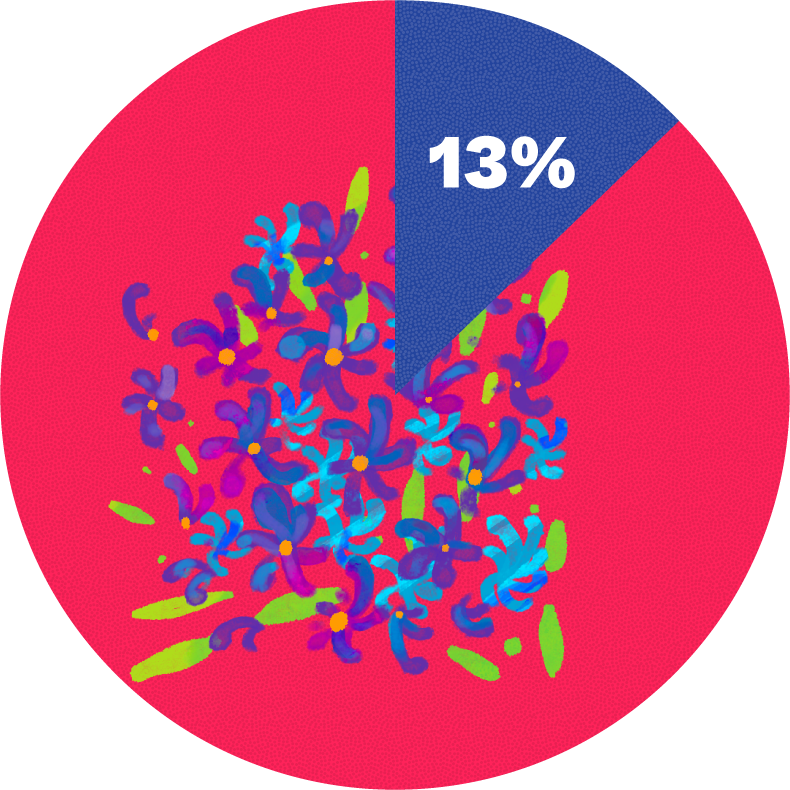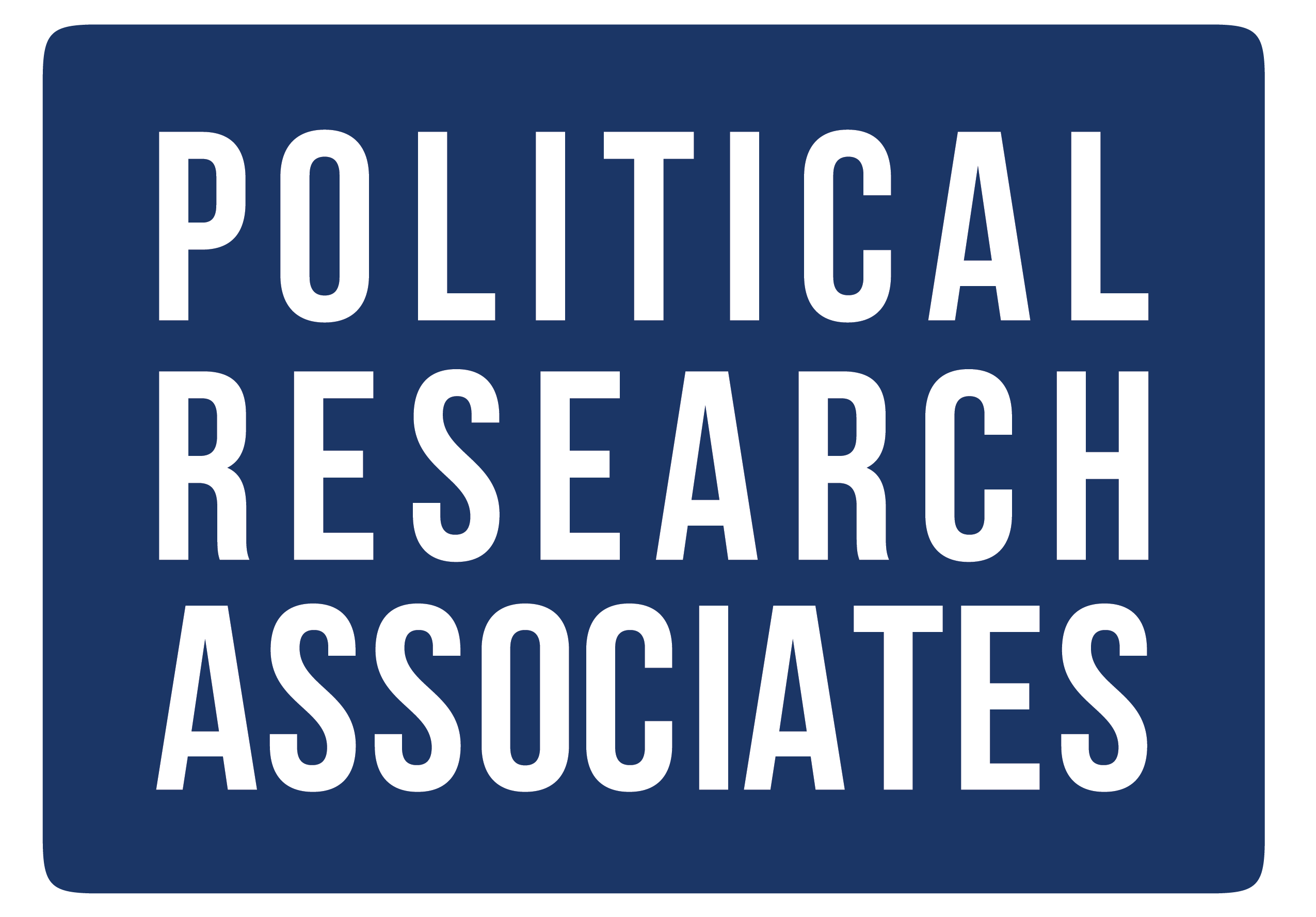New research shows why bisexual and pansexual youth need comprehensive sexuality education that meets their needs
Comprehensive sexuality education (often referred to as CSE) is important to prepare young people for safe, productive, and fulfilling lives. But around the world, CSE programs frequently do not meet the needs of all young people.
Youth who are lesbian, gay, bisexual, transgender, queer, intersex, asexual, and beyond (LGBTQIA+) need relevant information about their specific needs and experiences, yet CSE programs often omit this content. Within the LGBTQIA+ youth community, the majority are youth who identify as bisexual and pansexual–and our research shows they feel especially excluded from and underserved by CSE programs. This leads to poorer health outcomes for a youth population that already faces high rates of violence and poor mental and physical health, as well as higher rates of unintended pregnancy than their heterosexual and gay or lesbian peers. Growing attacks on LGBTQIA+ rights and opposition to CSE programs greatly exacerbate the challenges facing these young people around the world.
Why this matters
When CSE programs don’t address the needs of bisexual and pansexual youth, a considerable percentage of the overall youth population suffers harm. In the United States, for example, 8.7% of all young people–and 13.9% of girls–identify as bisexual, according to a 2019 survey by the Centers for Disease Control and Prevention.
We can and must ensure this large group of young people receives high-quality CSE that sets them up for success in life.
Bisexual and pansexual youth have higher rates of pregnancy and abortion
An expansive research project in the United States called the Growing Up Today Study that included 27,000 participants showed that:
- Bisexual youth were more likely than straight and gay or lesbian youth to have ever been pregnant, and also more likely to have been pregnant when they were a teenager.
- Bisexual youth were three times as likely as their heterosexual peers to have had an abortion.
When the UN Population Fund analyzed global data on unintended pregnancy, it found that the assumption that bisexual and lesbian women have less need for contraception and reproductive health care can lead to considerable gaps in access to care, less support when facing unintended pregnancy, and more social stress and stigma.
Bisexual and pansexual youth have little access to relevant sex education
A study of over 12,000 LGBTQIA+ youth conducted by the U.S.-based Human Rights Campaign and University of Connecticut found that:
Only 13% of bisexual youth received school-based sex education they found personally relevant.

Only 17% of bisexual youth reported hearing positive messages about being LGBTQIA+ in school.

Our research
Ipas and Political Research Associates conducted research on the experiences bisexual and pansexual youth have with CSE. Research included interviews with youth from around the world as well as with CSE advocates and educators. We endeavored to:
- Describe the current landscape of CSE for bisexual and pansexual youth
- Determine how exclusion from CSE programs and content impacts bisexual and pansexual youth, including their access to health information and services
- Explore the role of anti-rights rhetoric in CSE and how it helps marginalize bisexual and pansexual youth in efforts to provide CSE
Overview of findings
Our interviews with bisexual and pansexual youth from around the world reveal consistent problems with current CSE programs, such as erasure of bisexual and pansexual identities and perpetuation of harmful myths, misinformation, and stigma. But our study participants offered practical solutions that could help CSE programs evolve to be truly inclusive:
- CSE content needs to affirm the existence of bisexual and pansexual identities–and then address the unique health experiences and disparities of these groups.
- Learning about interpersonal communication and how to build relationships based on consent and clear boundaries is essential.
- Instruction on intersectionality–how systems of oppression converge and compound across sexuality, gender, race, ability, class and more–would help bisexual and pansexual youth understand the oppression they face and how to be more effective advocates for their own health and rights.
Key takeaway:
- better access to information
- better physical and mental health
- improved self-confidence
- the ability to build healthy relationships
- feelings of relief, safety and joy
Our method
Interviews
We conducted 18 key informant interviews via Zoom, speaking with each participant for 45-60 minutes. We recruited participants from U.S.-based and international sexual and reproductive health and rights and LGBTQIA+ organizations and through social media platforms like Twitter.
We spoke with:
- 9 young people between ages 19-24 who identify as bisexual and/or pansexual
- 9 advocates and educators ages 24-50 who had between 1-22 years of experience advocating for or teaching comprehensive sexuality education for youth, some who identified as bisexual and/or pansexual
Demographics
Each participant was given the option to describe their own race, ethnicity, sexual orientation, and gender identity. We have identified participants according to their own descriptions.
Interviewees represented 8 countries
Ghana, Kenya, United States, Philippines, Indonesia, Brazil, United Kingdom, and Nigeria
Young people
Gender identities represented:
- Cisgender female, gender questioning, male, non-binary trans, non-binary woman
- 3 young people identified as trans
Racial/ethnicities identities represented
- Black, Caribbean American, Filipina+Mexican, White, Irish, Sunamese / West Java
Advocates & educators
Gender identities represented:
- Bodeme,
- Bodeme is a sexual orientation and gender identity of the West African Dagara people.
- cisgender female
- woman
- it’s complicated
- Phantom
- Phantom is a gender identity chosen by this respondent.
- 0 advocates / educators identified as trans
Racial/ethnic identities represented
African, West African, Ghanaian / Botha, Indigenous Mexican, Luhya, White

Illustrations by Anusha Raichur
Suggested Citation: Ipas & Political Research Associates. (2023). From invisible to indispensable: New research shows why bisexual and pansexual youth need comprehensive sexuality education that meets their needs. Ipas. https://www.ipas.org/our-work/sexuality-education-that-includes-abortion/from-invisible-to-indispensable/


